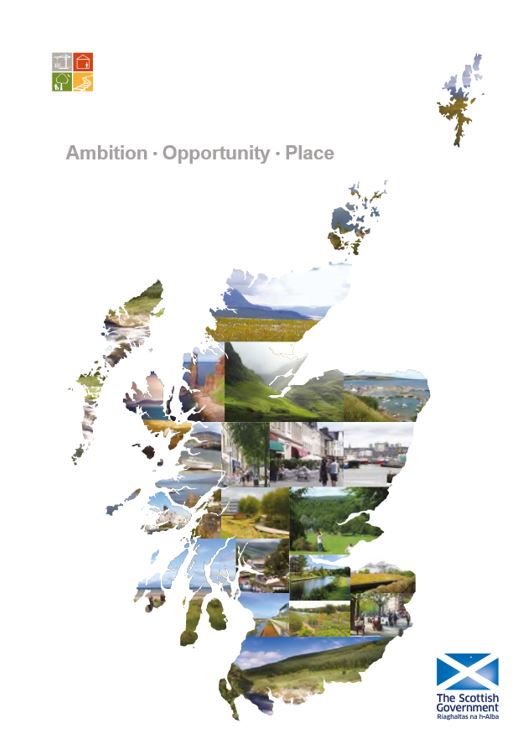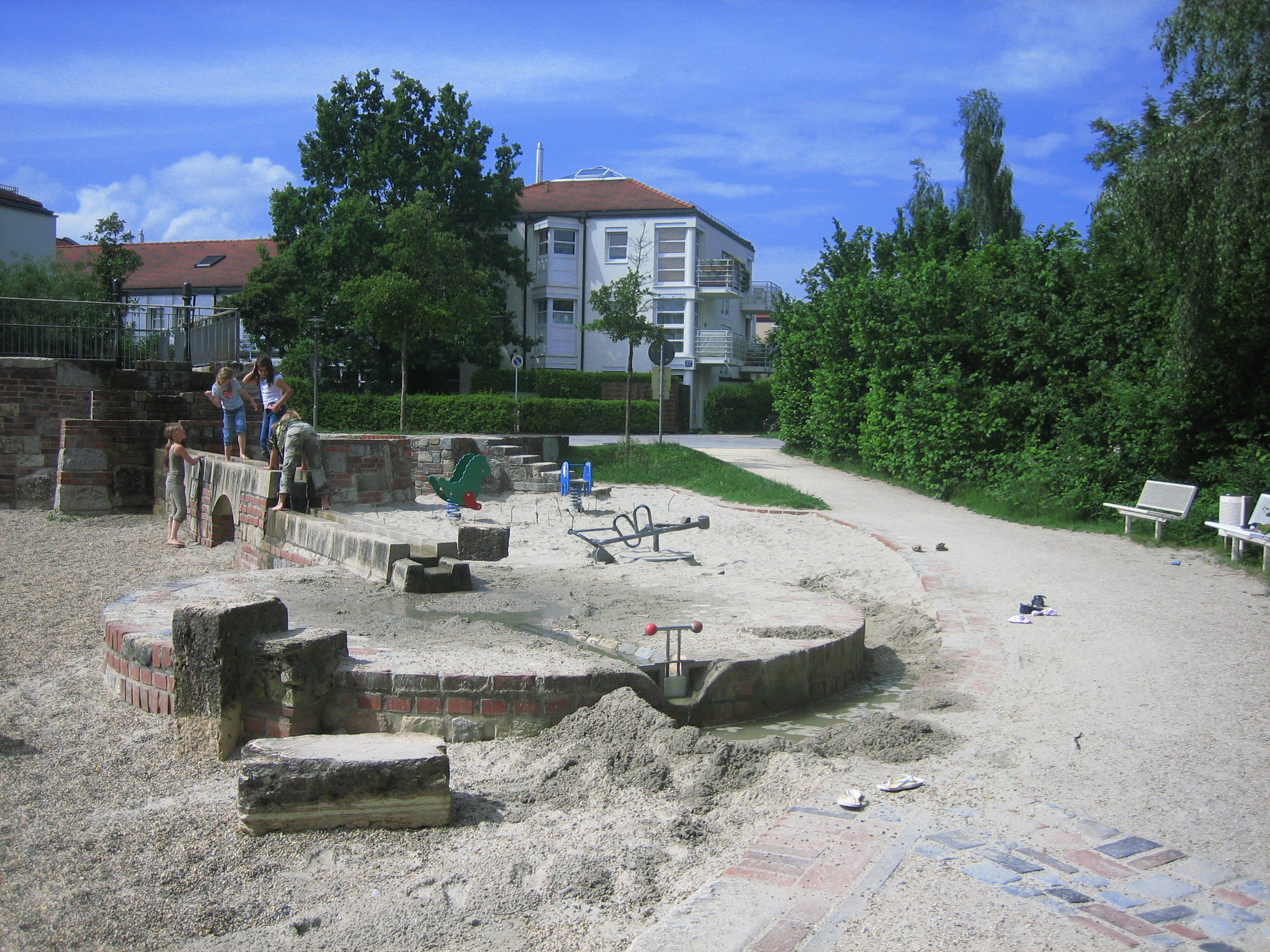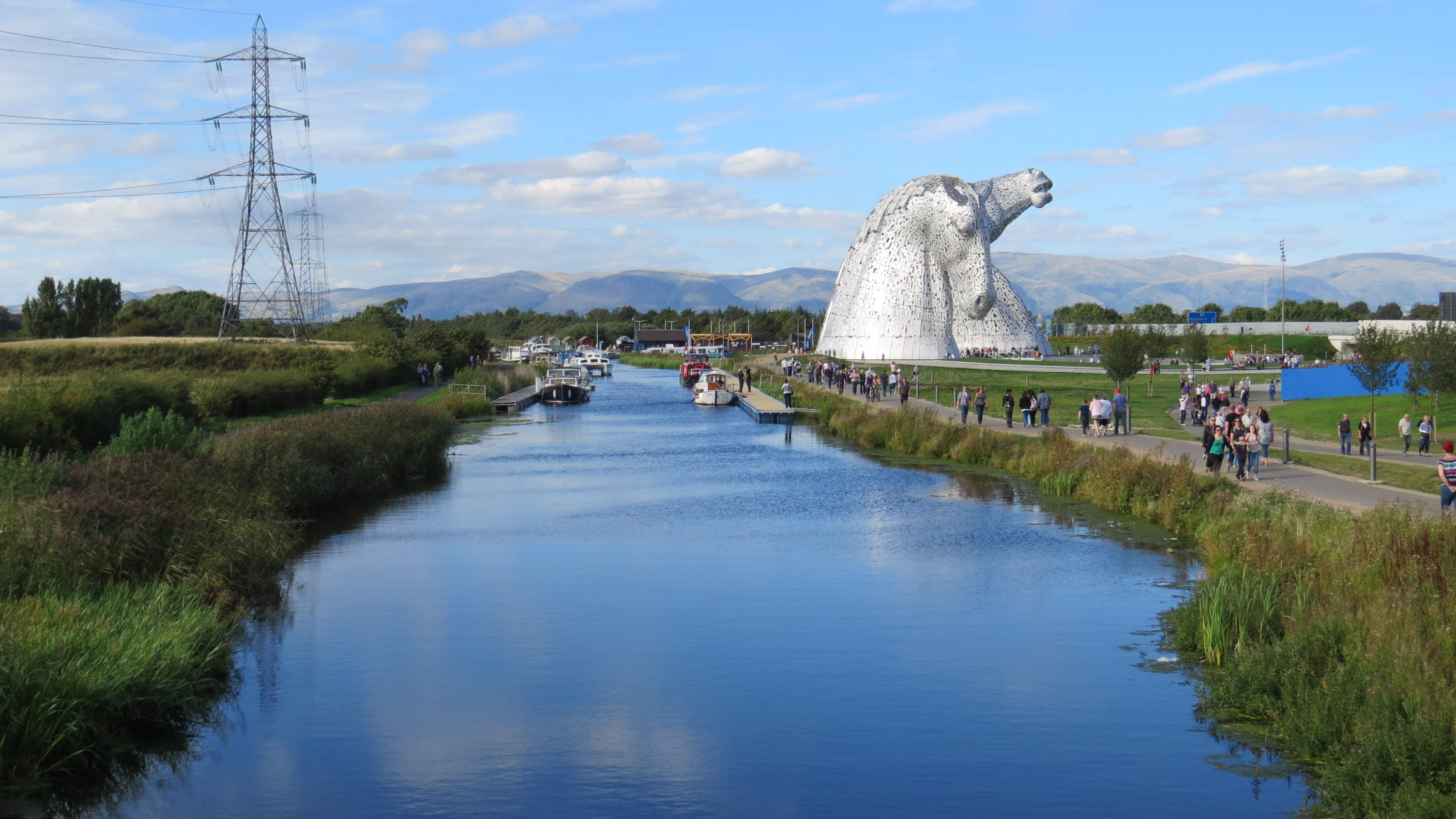The Scottish Government is taking forward a series of reforms to strengthen planning's contribution to inclusive growth, housing and infrastructure delivery and empowering communities. We are committed to a strong, high-performing system that enables housing and infrastructure delivery (including GI) and supports quality of life and place of all our communities.
On 20 June 2019 the Scottish Parliament passed the Planning Bill. This was the culmination of an extensive process as shown in the timeline below.
The Bill as passed is available on the Scottish Parliament website. It contains a number of aspects of interest to the green infrastructure community, including:
- changes to development planning, (NPF, regional spatial strategies, removal of statutory Supplementary Guidance)
- new statutory requirements for evidence around GI including:
- open space strategies
- play sufficiency assessments
- forestry and woodland strategies, and
- an infrastructure levy that would cover green and blue infrastructure.
These are covered in a bit more detail below.
 The Bill includes new arrangements for preparing and amending the National Planning Framework, including high level outcomes, a list of issues, strategies and policies to be considered, consultation and participation requirements. The Framework will now have to be approved by the Scottish Parliament and will for the first time become part of the statutory development plan, gaining that important status in terms of planning decision making.
The Bill includes new arrangements for preparing and amending the National Planning Framework, including high level outcomes, a list of issues, strategies and policies to be considered, consultation and participation requirements. The Framework will now have to be approved by the Scottish Parliament and will for the first time become part of the statutory development plan, gaining that important status in terms of planning decision making.
Modernising strategic planning is a critically important part of our reforms, so that it can unlock the potential of planning and guide long-term development in a way that can better respond to evolving relationships on a regional scale. The Bill removes the bureaucracy and requirement to prepare strategic development plans, and instead brings in requirements for planning authorities to prepare regional spatial strategies, working with other authorities as they consider appropriate. Regional spatial strategies are intended to be more agile, better able to reflect and align with wider regional partnerships, and allow a greater focus on delivery.
The Bill also removes statutory supplementary guidance. At present, many supplementary guidance documents are used to repeat national planning policy, but that duplication will no longer be necessary with the National Planning Framework, incorporating Scottish Planning Policy, now to form part of the development plan. Planning authorities will still be able to bring forward non-statutory guidance on matters relating to the planning system as they see fit, which may be a material consideration.
Together the removal of the bureaucracy of strategic development plans and the duplication of supplementary guidance is designed to produce time and cost savings for planning authorities that can be used more productively.
The Bill also introduces a new requirement for local authorities within the CSGN area to consult the Central Scotland Green Network on their proposed local development plan.
Open Space Strategies
Open space strategies are already in place , or being updated, in the vast majority of planning authorities, these will now be statutorily required. The Bill states these are to set out a strategic framework of the planning authority’s policies and proposals as to the development, maintenance and use of green infrastructure in their district, including open spaces and green networks.
An open space strategy must contain: an audit of existing open space provision ; an assessment of current and future requirements; and any other matter which the planning authority consider appropriate.
This section of the Bill defines “green infrastructure” and “green networks”. These definitions are different to those currently in Scottish Planning Policy. Kevin Stewart, Minister for Local Government, Housing and Planning set out at Stage 3 of the Bill’s consideration, that he had not sought to align the definitions, given that we will shortly embark on a wider policy review that will offer lots of opportunity for engagement. That will be a means in which stakeholders can raise comments on the definitions or highlight new drivers that should be reflected. In recognition of that the Bill provides that the definitions can be amended, by regulations that have to be approved by the Scottish Parliament. The Bill also provides that Scottish Ministers can make regulations to make provision about how planning authorities are to discharge their functions under this section – this will be subject to further engagement.
Play Sufficiency Assessment (PSA)
A new requirement has been introduced that planning authorities must also assess the sufficiency of play opportunities in their area for children, in preparing an evidence report for their local development plan. A similar requirement exists in Wales. We will bring forward further requirements on preparing PSAs in secondary legislation, including about—the form and content of the assessment, who is to be consulted and around publishing it.
Forestry and woodland strategies
The Bill also brings in a requirement for planning authorities to prepare forestry and woodland strategies. These strategies are to identify woodlands of high nature  conservation value in the planning authority’s area and set out the authority’s policies and proposals as to the development of forestry and woodlands; the protection and enhancement of woodlands; the resilience to climate change of woodlands; the expansion of a range of types of woodlands to provide multiple benefits to the physical, cultural, economic, social and environmental characteristics of the area; and any other matter which they consider appropriate. Authorities can work together to prepare a forestry and woodland strategy. The Bill sets out procedural details around consultation on the strategy and publication requirements.
conservation value in the planning authority’s area and set out the authority’s policies and proposals as to the development of forestry and woodlands; the protection and enhancement of woodlands; the resilience to climate change of woodlands; the expansion of a range of types of woodlands to provide multiple benefits to the physical, cultural, economic, social and environmental characteristics of the area; and any other matter which they consider appropriate. Authorities can work together to prepare a forestry and woodland strategy. The Bill sets out procedural details around consultation on the strategy and publication requirements.
Disused railway lines
The Bill also introduced new requirements on Ministers (in preparing the National Planning Framework) and planning authorities (in preparing their LDP) to have regard to the desirability of preserving disused railway infrastructure for the purpose of ensuring its availability for possible future public transport requirements. This could also prove to be a means to consider whether old railway lines can be used as green network (including for active travel and wildlife corridors).
Infrastructure levy – includes green and blue
Part 5 of the Bill introduces a power for Scottish Ministers to make regulations establishing an infrastructure levy. This would be paid to a local authority in relation to development in its area, to fund infrastructure projects. Schedule 1 provides more detail about what those regulations could cover. The definition of infrastructure, in relation to the levy includes ‘green and blue infrastructure’, defined as meaning ‘features of the natural and built environments (including water) that provide a range of ecosystem and social benefits’. As with open space strategies, this definition could be amended by regulations.

The Next Stages
The Bill is expected to receive Royal Assent within 4 to 6 weeks, (summer 2019) at which point it will become an Act (and sections will be renumbered).
The Scottish Government is now beginning a programme of work to develop and consult on the necessary regulations, guidance and policies to implement the new legislation, continuing our wider planning reforms based on the recommendations of the Independent Panel. The provisions of the new Act will not come into force until they are “commenced” by Orders laid before the Scottish Parliament. Each section of the Act will be brought into force when the relevant supporting material is ready.
Further information on timing will be provided on the Planning Reform web page.



